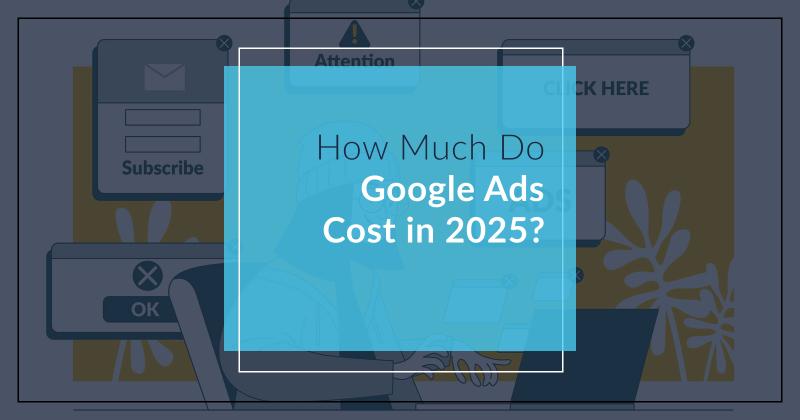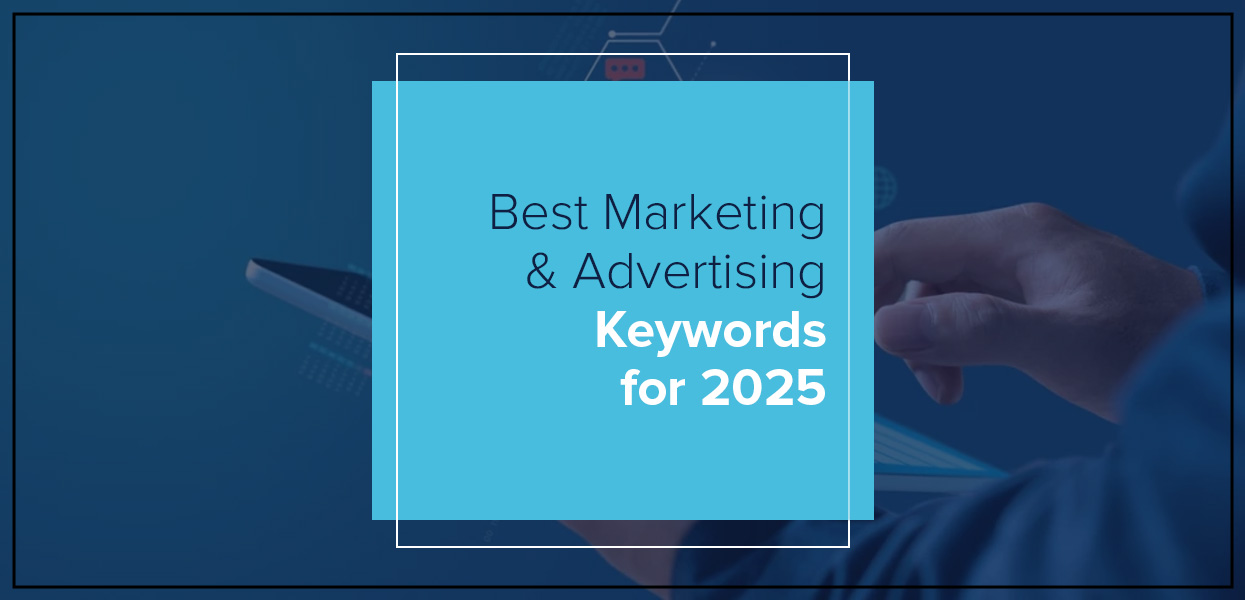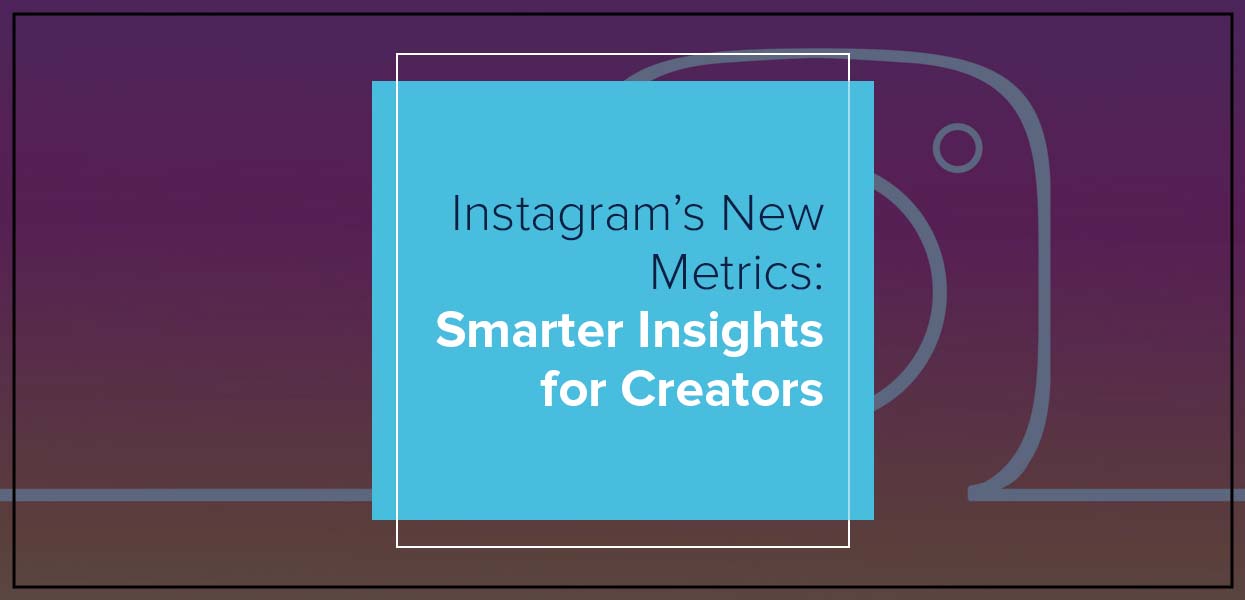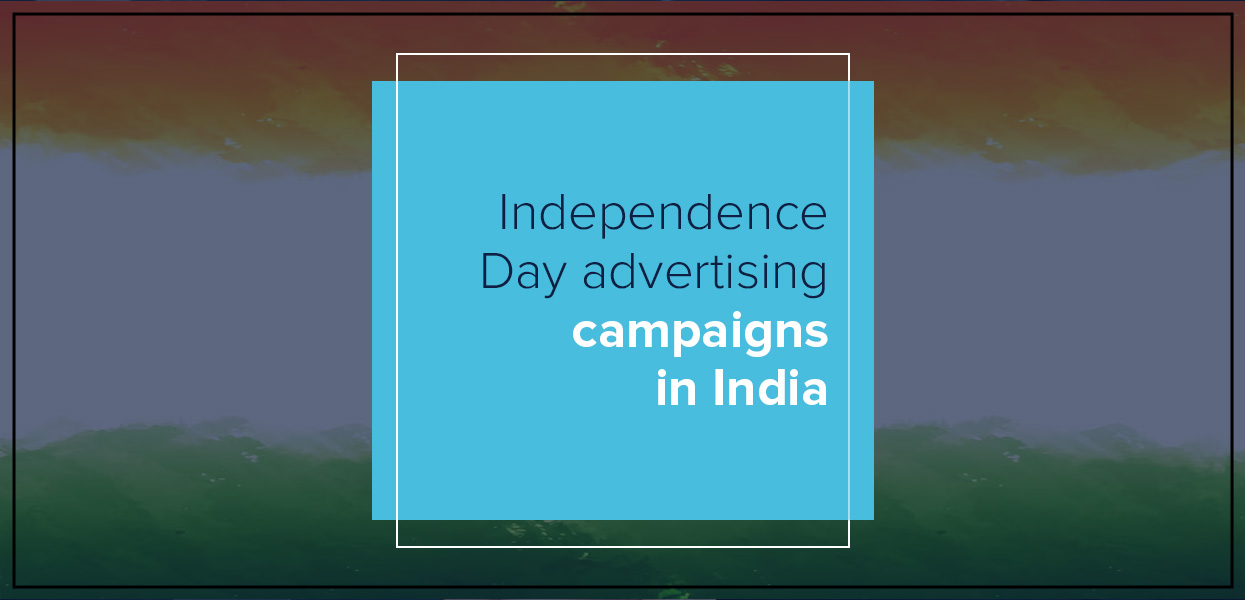How Much Do Google Ads Cost in 2025?

Google Ads remains one of the most powerful tools for businesses to reach their target audience, drive conversions, and scale growth.
But with every passing year, one question remains at the forefront—How much will Google Ads cost in 2025?
If you're a marketer, business owner, or entrepreneur looking to maximize your advertising budget, understanding Google Ads pricing is crucial. The reality is that there’s no fixed cost. Google Ads operates on a dynamic bidding system, meaning costs fluctuate based on industry, competition, and campaign strategy. However, knowing the latest trends, CPC (cost-per-click) benchmarks, and budgeting strategies can give you a competitive edge.
In 2025, factors like AI-driven automation, privacy updates, and evolving search behaviors influence ad costs more than ever. Whether you're running a small local campaign or scaling an international brand, staying ahead of these changes will determine how effectively you allocate your budget.
In this blog, we'll break down the key elements that impact Google Ads pricing, explore cost trends across industries, and provide expert tips to optimize your ad spend.
Let’s dive into the numbers and strategies to ensure you get the best ROI from your campaigns in 2025!
How Google Ads Pricing Works
To get the best ROI from your campaigns in 2025, it's essential to understand how Google Ads pricing works and what factors influence it. Google Ads operates on a PPC (pay-per-click) model, meaning advertisers only pay when users engage with their ads. But the exact Google Ads cost isn’t fixed—it varies based on multiple factors.
Key Factors Affecting Cost
Several elements impact your Google Ads cost, including industry competition, Quality Score, audience targeting, and bidding strategy. For instance, businesses in highly competitive sectors may experience a higher ad cost due to increased demand for top-ranking placements.
Overview of Bidding Strategies
Google’s auction system determines ad placements through different bidding strategies, including manual CPC, enhanced CPC, and automated bidding. Choosing the right strategy can optimize Google Ads pricing, helping businesses control their ad spend while maximizing reach. Advanced automation and AI-driven tools now allow advertisers to refine PPC campaigns for better cost-efficiency.
By understanding these core elements, businesses can make informed decisions to lower their ads cost while achieving their marketing goals.
Average Google Ads Costs in 2025
Now that we’ve explored how Google Ads pricing works, let’s dive into what advertisers can expect to pay in 2025. Since Google Ads cost is dynamic, understanding industry benchmarks and pricing trends can help businesses make better
budgeting decisions.
CPC Benchmarks Across Industries
The Google Ads pricing model varies depending on industry competition. In high-demand sectors like legal services, finance, and healthcare, the cost-per-click (CPC) can exceed $10, while in e-commerce and retail, it may average around $1–$2. Local businesses often experience lower Google Ads costs, but strategic bidding remains crucial to staying competitive.
CPM vs. CPA: Which Pricing Model Works Best?
Apart from CPC, businesses often consider CPM (cost-per-thousand impressions) and CPA (cost-per-acquisition) pricing models. CPM pricing benefits brand awareness campaigns, while CPA pricing suits performance-driven ads, where advertisers pay only when a conversion occurs. Choosing the right model depends on your ad cost goals and overall marketing strategy.
How Google Ads Pricing Has Changed Over the Years
Compared to previous years, Google Ads pricing has seen fluctuations due to AI-driven automation, stricter privacy policies, and increased mobile search dominance. While competition is driving up ad costs, businesses leveraging smart bidding and audience segmentation can optimize their PPC campaigns for cost-effective results.
By analyzing these benchmarks and trends, advertisers can adjust their strategies to control Google Ads costs while maximizing performance.
Factors That Influence Google Ads Pricing
Understanding Google Ads pricing isn’t just about numbers—it’s about the factors shaping those costs. From competition to ad placement, several elements influence how much businesses pay for Google Ads in 2025. Let’s break down the most critical ones.
1. Competition & Industry-Based CPC
The biggest determinant of Google Ads cost is industry competition. High-demand sectors like finance, legal, and healthcare often see PPC rates exceeding $50 per click, while industries like e-commerce and education may experience lower costs. The more advertisers bid for the same keywords, the higher the ads cost.
2. Ad Placement: Search, Display, & YouTube
Where your ad appears significantly impacts Google Ads pricing. Search Ads tend to have higher CPC since they capture high-intent users. Display Ads and YouTube Ads offer lower-cost alternatives but may require more impressions to drive conversions. Choosing the right placement balances pricing and performance.
3. Target Audience & Keyword Competition
The more specific your audience, the higher your ads cost. For example, targeting niche, high-value customers leads to increased Google Ads pricing due to competition for premium keywords. Long-tail keywords and smart segmentation can help businesses optimize PPC costs.
4. The Role of Quality Score in Cost Efficiency
Google rewards advertisers with high Quality Scores by reducing Google Ads cost. Factors like ad relevance, landing page experience, and expected CTR (click-through rate) determine your Quality Score. A strong score lowers ads cost, improving your ROI.
By understanding these key factors, businesses can develop smarter bidding strategies and control Google Ads pricing for maximum efficiency.
Budgeting for Google Ads
Now that we’ve explored the key factors influencing Google Ads pricing, the next step is learning how to budget effectively. Whether you're a startup or an established brand, strategic budgeting ensures you maximize your Google Ads cost while achieving the best possible results.
1. Small Business vs. Large Enterprise Spending
Budgeting for Google Ads looks very different for a small business compared to a large enterprise. While bigger brands may allocate thousands to their ads' cost, small businesses often focus on lower budgets, optimizing every dollar spent. However, even with a modest budget, smart bidding strategies can keep Google Ads pricing competitive and cost-efficient.
2. Strategies for Maximizing ROI
To ensure businesses get the best return on investment, it's essential to focus on Quality Score, audience targeting, and ad relevance. Using AI-driven bidding tools and adjusting bids based on peak engagement times can help reduce overall PPC costs while maintaining high conversions.
3. Daily vs. Monthly Budget Planning
One key decision businesses must make is whether to set a daily or monthly ad budget. A daily budget provides more control over Google Ads cost, ensuring ads run consistently, while a monthly budget allows for more flexibility in adjusting bids. Understanding how Google Ads pricing fluctuates helps advertisers plan efficiently for sustainable ad performance.
Smart budgeting isn’t just about controlling expenses—it’s about making every ad dollar work harder. But beyond budgeting, how you optimize campaigns plays a crucial role in keeping Google Ads costs under control. Let’s explore the best practices that help businesses reduce ad costs while driving better results.
How to Optimize Google Ads for Lower Costs
Budgeting wisely is just the first step—how you optimize your campaigns directly impacts your Google Ads cost and overall performance. The right strategies can help businesses reduce their ad cost while maximizing ROI. Let’s explore some of the best ways to lower Google Ads pricing without compromising results.
1. Improving Quality Score
A high Quality Score is one of the most effective ways to lower your PPC costs. Since Google rewards ads with strong relevance and engagement, improving ad copy, landing page experience, and CTR (click-through rate) can significantly reduce Google Ads cost while maintaining visibility.
2. Smart Bidding Strategies
Automated bidding strategies powered by AI help businesses optimize their Google Ads pricing in real time. Whether using Target CPA, Maximize Conversions, or ROAS (Return on Ad Spend), these strategies adjust bids dynamically to keep ads cost-efficient and competitive.
3. Keyword Research & Negative Keywords
Choosing the right keywords ensures you’re targeting high-intent users while avoiding irrelevant searches that inflate ad costs. Negative keywords help filter out unqualified traffic, preventing wasted Google Ads costs and improving overall campaign efficiency.
4. A/B Testing for Better Performance
Testing different ad creatives, headlines, and landing pages helps businesses identify what resonates best with their audience. Regular A/B testing fine-tunes performance and optimizes Google Ads pricing by ensuring ad spend is directed toward the highest-performing elements.
While businesses focus on optimizing their ad spending, it’s also important to consider hidden costs that may impact overall budgeting. Beyond the standard Google Ads cost, additional fees for advanced features, ad extensions, or third-party management services can influence total spending. Let’s uncover these overlooked expenses and how they affect your Google Ads pricing.
Hidden Costs and Additional Fees: What You Need to Know
When calculating your Google Ads cost, it’s tempting to focus solely on CPC, bids, and daily budgets. But beneath the surface, hidden costs can quietly inflate your expenses. These additional fees don’t always appear upfront but can significantly impact your Google Ads pricing over time.
One overlooked factor is ad extensions and advanced features. While Google doesn’t charge for using extensions like call buttons, sitelinks, or lead forms, they can increase ad costs as they encourage more clicks. Similarly, leveraging advanced AI-driven tools, dynamic search ads, or audience segmentation can require higher spending to see meaningful results.
Another key consideration is third-party management fees. Many businesses, especially those unfamiliar with PPC, hire agencies or freelancers to handle their campaigns. While expert management can optimize performance, these services come at an additional cost—whether it’s a percentage of ad spend, a fixed retainer, or setup fees.
Ignoring these hidden expenses can lead to budget overruns, making it essential for businesses to plan beyond just Google Ads pricing.
Future Predictions: How Google Ads Pricing May Change
While hidden costs are something to watch out for, the way Google Ads pricing works is also evolving. AI-driven automation is changing how advertisers manage budgets, and by 2025, businesses may see a significant shift in how ads are optimized.
Smarter bidding strategies powered by machine learning are expected to reduce inefficiencies, helping businesses get more value from their ad spend. Predictive analytics will allow Google to optimize bids in real time, ensuring advertisers get the best possible placements without overspending.
However, while AI can help control Google Ads costs, it’s not a magic fix. The key to staying competitive is adapting to these changes—leveraging AI without losing control over PPC pricing strategies.
Is Google Ads Worth the Cost in 2025?
With rising competition and evolving pricing models, it’s natural to wonder if Google Ads is still a smart investment. The truth? It absolutely can be—if you play your cards right.
Despite fluctuations in ad costs, businesses continue to see massive returns when they optimize their campaigns strategically. The secret isn’t just throwing money into the platform but making every dollar count—by improving your Quality Score, refining keyword strategy, and leveraging AI-powered bidding to get the most out of your budget.
At its core, Google Ads is about more than just paying for clicks—it’s about smart spending, strategic targeting, and continuous optimization. The brands that adapt, test, and refine their approach will be the ones that thrive.
So, as we look ahead, one thing is clear: the businesses that embrace innovation and stay agile in their PPC strategies will continue to win the digital advertising game.
And if you’re wondering how to make it work for your business, we’d love to help. Just reach out online at Uniworld Studios, and let’s figure it out together.
Categories
- Digital Marketing
- Website Development
- Graphic Design
- Content Writing
Latest Posts
-
- Essential Marketing & Advertising Keywords 2025



